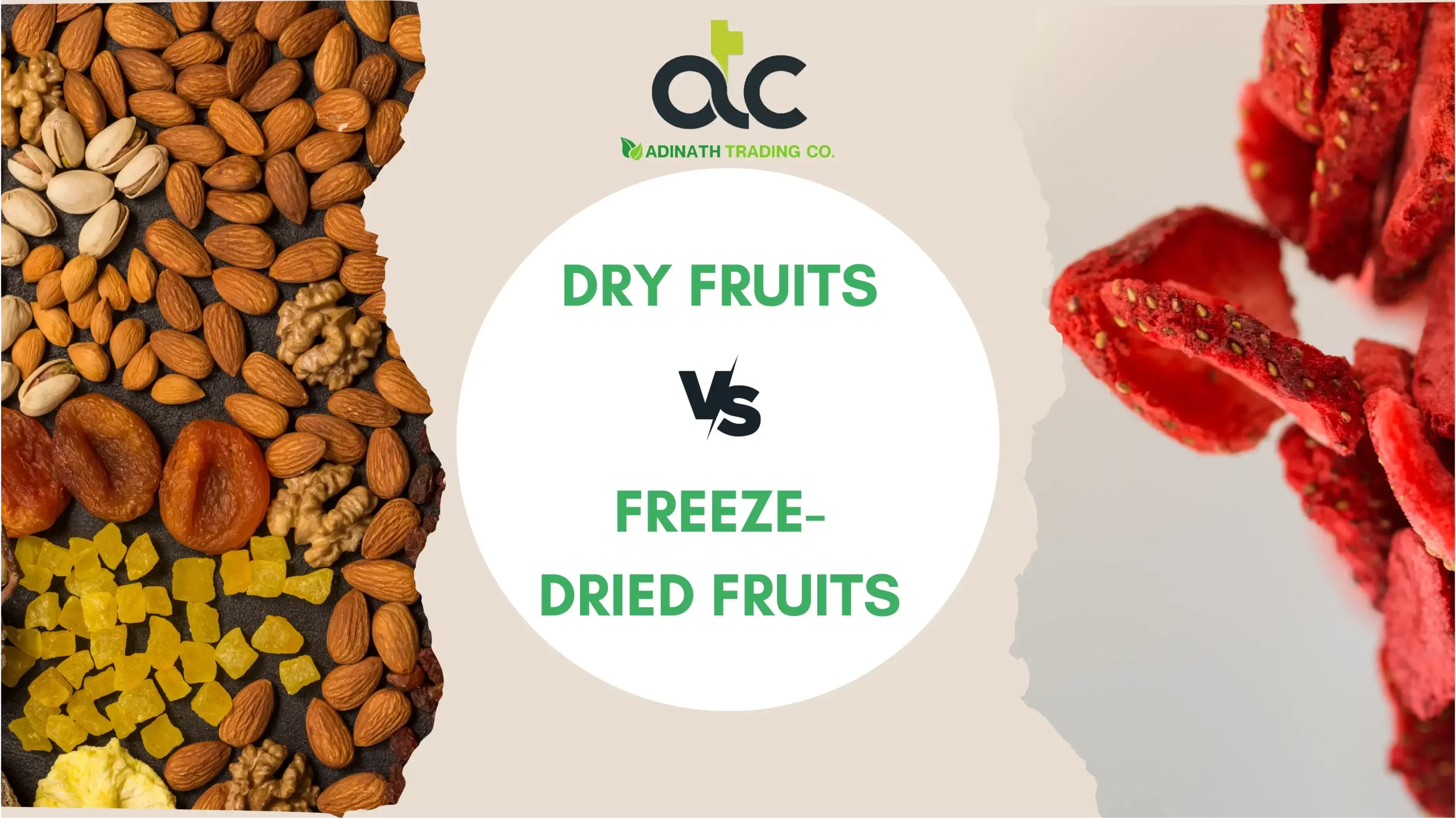Many individuals treat the processes of dehydration and Freeze drying as though they are synonymous with one another. However, there are several significant distinctions between dehydrated and freeze-dried methods of food preservation. Don’t be concerned; we will explain those distinctions to you in further detail. Ingesting almonds from these almond wholesalers brands is risk-free since they are all-natural and non-processed.
The Dehydration Process
To preserve food, it must first have the moisture removed. Dehydration is the most frequent method used for this purpose. Dehydrating food has been done to protect it for long periods, going back to at least 12,000 BC.[1] Dry fruits and vegetables over a fire in “still houses” was common in ancient Rome and the Middle East. It’s easy to treat dehydration in the modern day. Machines blow hot, dry air over the meal. This drains off a lot of the moisture. The next step in extracting the water is to dry the humid air. The heat is sufficient to dehydrate the food but not enough to cook it. Adinath Trading Company is the leading dry fruit wholesaler in India.
Process of Freezing and Drying
Home freeze-drying requires expensive and complex equipment that most people need help accessing. Freeze The drying procedure is also straightforward. The food is stored in a vacuum chamber on enormous racks. The plan is to drop the temperature below freezing and then gradually increase it. The food’s structure and nutritional content are preserved while the water in it changes phase from solid to gas. We’ve worked hard to source the freshest, lowest-priced dried fruit wholesale possible without sacrificing quality.
The Main Differences: Dry Fruits vs Freeze-Dried Fruits
-
Hydration Levels.
Food preservation often involves drying out the food to prevent spoilage, mold growth, and other unpleasant outcomes. Compared to freeze drying, which eliminates between 98 and 99 percent of moisture, dehydration removes just 90 to 95 percent.[4] Home-dried foods have a moisture content level of around 10%, but professionally dry products have a lower moisture content level, which enhances their shelf life.
-
Shelf Life.
The elimination of moisture directly affects the storage duration. The shelf life of most dehydrated foods (such as fruits, vegetables, powders, and TVP) is between fifteen and twenty years. Dry foods, however, have a shelf life of at least 30 years. This includes honey, salt, sugar, hard wheat, and oats. The typical storage life of freeze-dried goods is increased, as stated in [5]. Fruits, vegetables, meals that require water to prepare, and actual meats may all be freeze-dried and stored for 25–30 years.[6] All your food supplies should be in a cool place, ideally at 60 degrees or less.
-
Dietary Values.
Studies conducted by the American Institute for Cancer Research[7] show that most vitamins and minerals in freeze-dried meals are still present. Some vitamins, such as Vitamin C, which degrades quickly, were missing from freeze-dried meals compared to their fresh counterparts. Food’s fiber and iron levels are unaffected by dehydration. Dehydrated food may not be as nutritious as freeze-dried food since dehydration might destroy vitamins and minerals. Vitamins A and C and thiamine, riboflavin, and niacin are often lost due to dehydration.[8] Keep the health benefits of bulk dry fruits in mind.
-
Outward & Internal Structure.
The appearance of dehydrated and freeze-dried foods is notably different. Banana chips (which have been dehydrated) are a typical snack, but freeze-dried bananas (which turn mushy when placed in the mouth) may be unfamiliar to others. Another distinction is in weight. When compared to their dehydrated counterparts, freeze-dried goods will be much lighter. This makes them more convenient to transport or store.
-
Cooking is necessary for dehydrated foods.
They usually need salt or pepper as well. This necessitates a lengthy period of time during which the product must be boiled in hot water and allowed to cook. Dehydrated foods require anything from 15 minutes to 4 hours of preparation time. The only preparation needed for freeze-dried meals is the addition of water. Depending on your consumption, hot or cold water will do the trick. Most freeze-dried meals may be prepared in less than 5 minutes.
-
Cost.
The cost of food storage, of course, is determined by the items purchased. However, dehydrated foods often cost less than their freeze-dried counterparts. The various advantages of freeze-dried and dehydrated meals may make them worthwhile. But if money is short, dried meals are a great option. Freeze-dried fruit does not have more sugar than fresh fruit, despite the common misconception.
The Main Similarities: Dry Fruits vs Freeze-Dried Fruits
-
Packaging.
The efficiency of food storage cans is remarkable. This isn’t like opening a bag of potato chips to find half air. The cans are packed to capacity whether the contents are dehydrated or freeze-dried. All cans are double-enameled, and the oxygen absorber seals will keep the contents fresh for a long time.
- Storage Requirements.
Freeze-dried and dehydrated foods both have the same shelf life. All of the containers are the same size.
-
Protection for the Whole Family.
The food, whether freeze-dried or dehydrated, will provide security for your family in the face of unexpected circumstances like these. No need to stress if you have a plan in place. Browse our extensive catalog of emergency food supplies and water purification products.
The wholesale raisins suppliers at our online shop will ship your purchase to any location in India.



